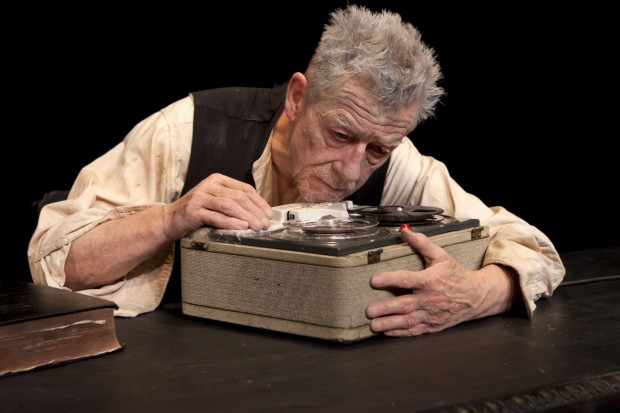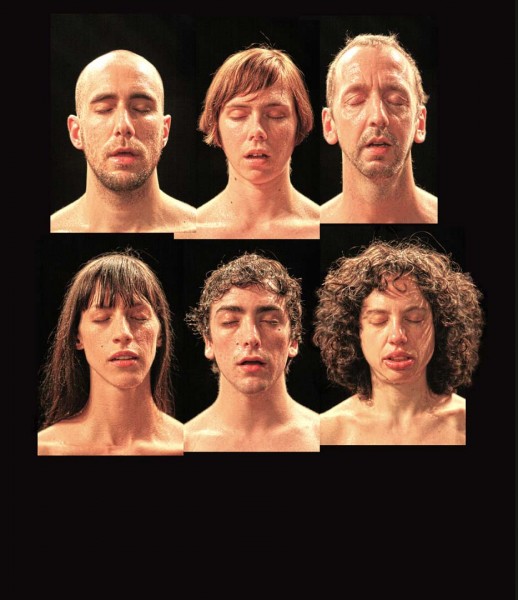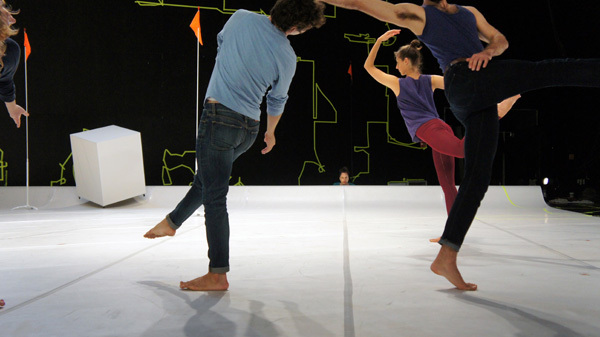
Cheek by Jowl returns to BAM with its first non-Shakespeare Brooklyn production (photo by Manuel Harlan)
Brooklyn Academy of Music
BAM Harvey Theater
651 Fulton St. between Ashland & Rockwell Pl.
March 20-31, $25-$80
718-636-4100
www.bam.org
Founded in 1981 by Declan Donnellan and Nick Ormerod, British theater company Cheek by Jowl specializes in presenting unique takes on the classics, with a primary focus on the actors. The London-based troupe, which has previously been at BAM with As You Like It in 1994, Much Ado About Nothing in 1998,Othello in 2004, Cymbeline in 2007, and Macbeth in 2011, is back at the Harvey with John Ford’s controversial seventeenth-century tragedy, ’Tis Pity She’s a Whore. Directed by Donnellan and designed by Ormerod, the production stars Jack Gordon as Giovanni and Lydia Wilson as Annabella, wealthy siblings who are more than just a little bit too close. Romy Schneider and Alain Delon played the incestuous couple in a 1961 stage version at the Théâtre de Paris directed by Luchino Visconti, while Charlotte Rampling and Oliver Tobias inhabited the roles for Giuseppe Patroni Griffi’s 1971 film, Addio, fratello crudele. The play was even a major inspiration for Peter Greenaway’s 1989 cult classic, The Cook, the Thief, His Wife & Her Lover. So it should be fascinating to see what Cheek by Jowl, which was named after a line in Shakespeare’s A Midsummer Night’s Dream, does in its first non-Bard play in Brooklyn.
Update: As the audience enters the Harvey Theater — which, on the night we went, included namesake and former BAM president Harvey Lichtenstein himself — a young woman in a red hoodie is sitting on a red bed in the middle of the stage, playing with her laptop. On the back wall of her bedroom are movie posters for The Vampire Diaries, A Clockwork Orange, Breakfast at Tiffany’s, and Sweet Bird of Youth, hinting toward such things to come as innocence betrayed, dangerous sex, and a bit of the old ultraviolence, and come they do. The woman on the bed is Annabella (a delightful Lydia Wilson), a cheery sort whose father, Florio (David Collings), is preparing to marry her off to one of a string of well-dressed suitors who parade in front of her, but it turns out that she is most attracted to Giovanni (Jack Gordon), who just happens to be her older brother. After doing the dirty deed — depicted by director Declan Donnellan in a hot and heavy manner — all kinds of nastiness ensues, including scandal, treachery, lies, unwanted pregnancy, deception, more sex, and bloody murder. Cheek by Jowl’s streamlined version of John Ford’s controversial 1633 Jacobean drama is a lively, energetic production thumping with loud dance music and displaying a wry, ribald sense of humor. Although a few couples got up and left following the incest scene, everyone else stayed for the two-hour show — performed without intermission, which makes sense for this fast-paced production — only rising to their feet at the end, expressing their admiration by way of standing ovation.
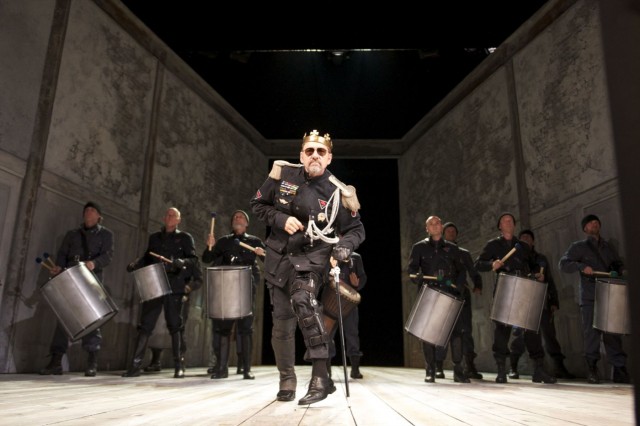
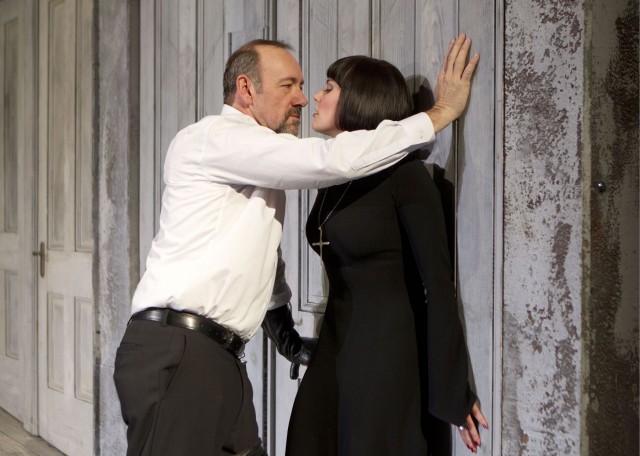
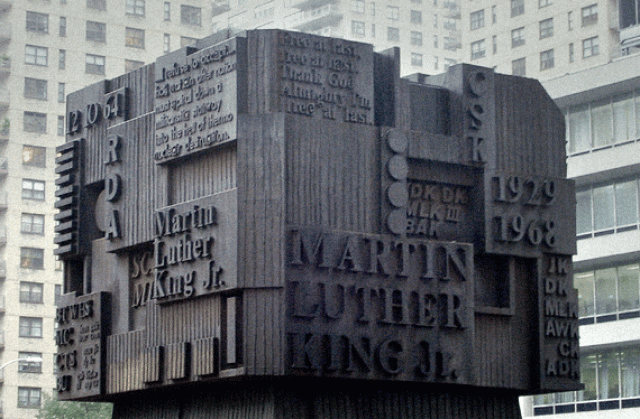
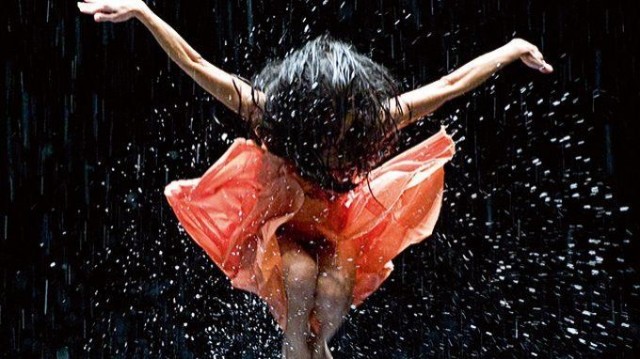
 Back in 2004, in reviewing Pina Bausch’s Fur Die Kinder von Gesern, Heute und Morgen (For the Children of Yesterday, Today, and Tomorrow) at BAM, we wrote, “You don’t have to be a dance fan to love the always engaging Pina Bausch.” The same holds true for Wim Wenders’s loving 3-D documentary, Pina. The longtime director of Tanztheater Wuppertal, German choreographer Bausch created uniquely entertaining pieces for more than thirty years, combining a playful visual language with a ribald sense of humor, cutting-edge staging, diverse music, and a stellar cast of men and women of varying ages and body sizes, resulting in a new kind of dance theater. A friend of hers for more than twenty years, Wenders (Wings of Desire, Paris, Texas) was collaborating with Bausch on a film when she suddenly died of cancer in 2009 at the age of sixty-eight, two days before rehearsal shooting was to begin. Wenders decided to proceed, making a film for Pina instead of with her. Using the latest 3-D technology, including a specially developed camera rig mounted on a crane, Wenders invites audiences onstage as he captures thrilling, intimate performances of several of Bausch’s seminal works, 1975’s Le Sacre du printemps, 1978’s Café Müller, 1978 and 2000’s Kontakthof (Contact Zone), 2002’s Fur Die Kinder, and 2006’s
Back in 2004, in reviewing Pina Bausch’s Fur Die Kinder von Gesern, Heute und Morgen (For the Children of Yesterday, Today, and Tomorrow) at BAM, we wrote, “You don’t have to be a dance fan to love the always engaging Pina Bausch.” The same holds true for Wim Wenders’s loving 3-D documentary, Pina. The longtime director of Tanztheater Wuppertal, German choreographer Bausch created uniquely entertaining pieces for more than thirty years, combining a playful visual language with a ribald sense of humor, cutting-edge staging, diverse music, and a stellar cast of men and women of varying ages and body sizes, resulting in a new kind of dance theater. A friend of hers for more than twenty years, Wenders (Wings of Desire, Paris, Texas) was collaborating with Bausch on a film when she suddenly died of cancer in 2009 at the age of sixty-eight, two days before rehearsal shooting was to begin. Wenders decided to proceed, making a film for Pina instead of with her. Using the latest 3-D technology, including a specially developed camera rig mounted on a crane, Wenders invites audiences onstage as he captures thrilling, intimate performances of several of Bausch’s seminal works, 1975’s Le Sacre du printemps, 1978’s Café Müller, 1978 and 2000’s Kontakthof (Contact Zone), 2002’s Fur Die Kinder, and 2006’s 